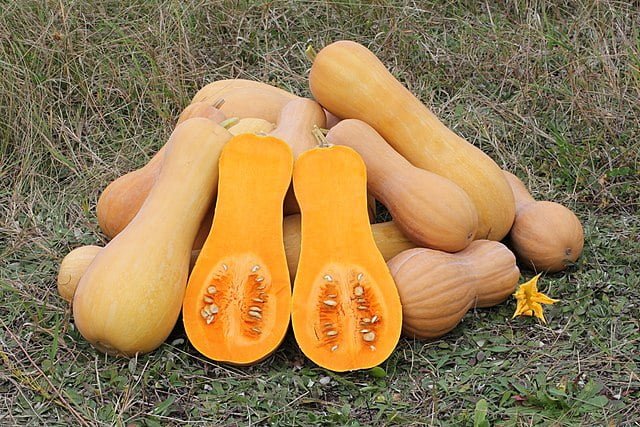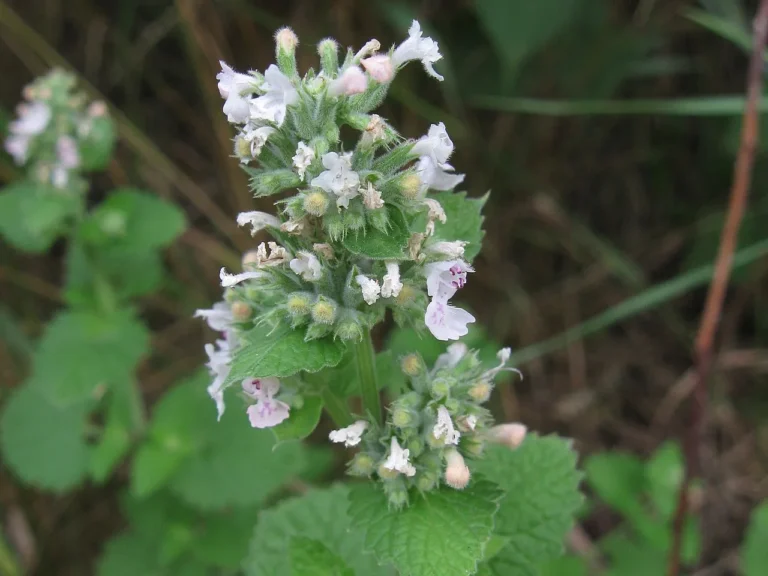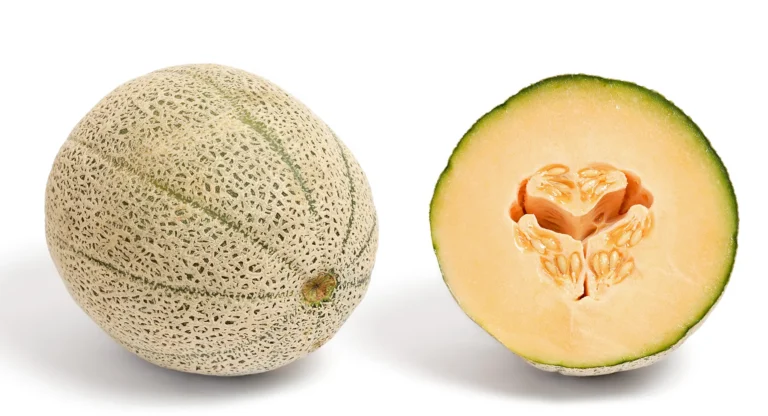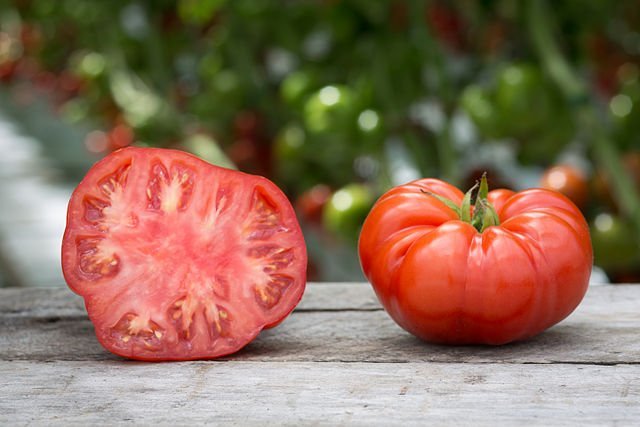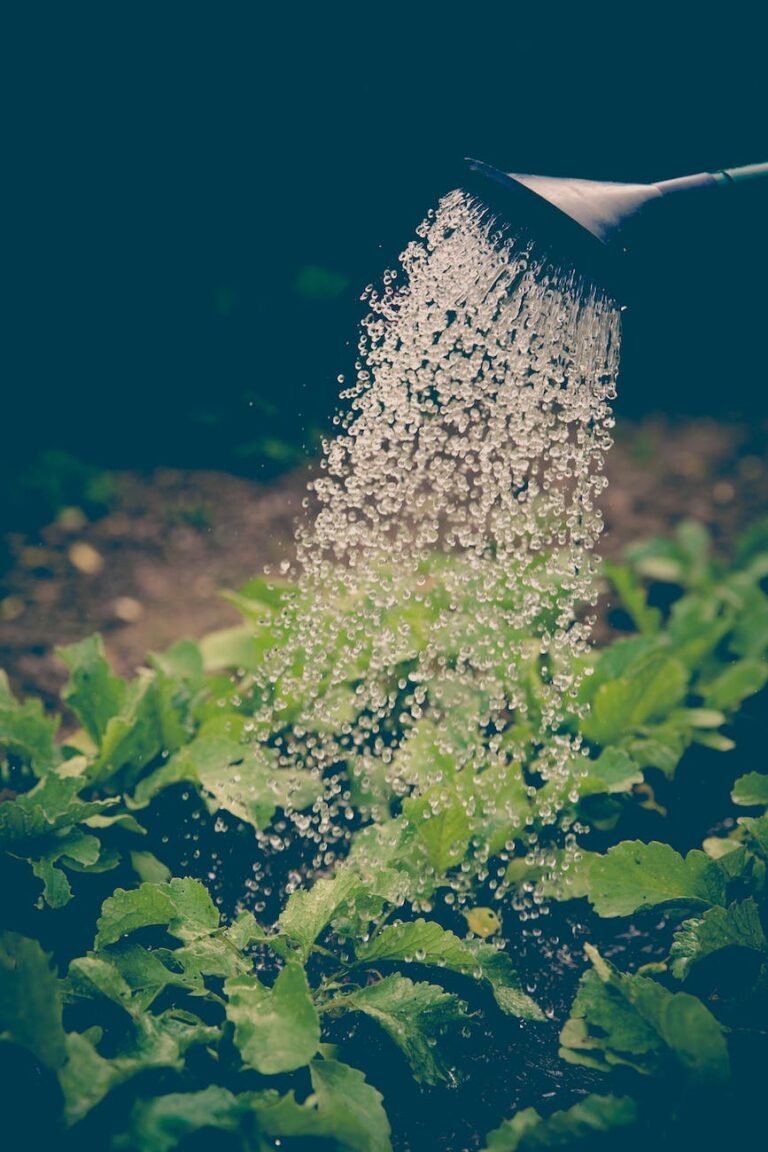The Summer and Winter Delight: A Guide to Growing Squash
From delicate summer squash to hearty winter varieties, squash is a garden staple that offers variety, versatility, and abundant harvests. Whether it’s the tender zucchini, the uniquely shaped pattypan, or the sweet butternut, growing squash can be a rewarding and fruitful gardening project. Let’s delve into the world of growing squash.
Types of Squash
Squash is generally categorized into two types: summer squash and winter squash.
- Summer squash varieties, such as zucchini, yellow squash, and pattypan squash, are harvested while the skin is still tender. They have a shorter growing period and can be harvested continually throughout the summer.
- Winter squash, including butternut, acorn, and spaghetti squash, have a harder skin and are typically harvested in late summer or fall. They take longer to mature but can be stored and enjoyed throughout the winter months.
Planting Squash
Squash are warm-season crops and are usually direct-seeded in the garden after the danger of frost has passed and the soil has warmed. Squash seeds can be sown in rows or “hills” with two to three seeds per hole, about 1 inch deep. The spacing depends on the variety, but generally, plants should be 3 to 4 feet apart in rows 4 to 8 feet apart.
Caring for Squash Plants
- Watering: Squash plants need consistent, deep watering. Aim to provide at least 1 inch of water per week, especially during flowering and fruiting.
- Fertilizing: Squash are heavy feeders. Amend your soil with compost before planting and consider a balanced vegetable fertilizer during the growing season.
- Mulching: A layer of organic mulch helps retain soil moisture and suppress weeds. It also prevents the fruits from touching the soil, which can lead to rot.
- Pruning: While not necessary, some gardeners choose to prune their squash plants to improve air circulation and reduce disease.
Harvesting Squash
- Summer squash should be harvested when small and tender, usually when they are about 6 to 8 inches long. Regular harvesting encourages more fruit production.
- Winter squash is ready when the rind is hard and the squash has reached its full colour. The stem will start to brown and dry. Cut, don’t pull, the squash from the plant, leaving a good portion of the stem attached.
Pest and Disease Management
Common pests include squash bugs, squash vine borers, and cucumber beetles. Diseases can include powdery mildew and bacterial wilt. Using floating row covers, rotating crops, and choosing disease-resistant varieties can help manage these issues.
Growing squash can be an incredibly rewarding experience, offering a bounty of produce from summer to winter. From sautéed summer squash to hearty winter squash soup, the possibilities in your kitchen are endless. With this guide, you’re well-equipped to start growing squash in your garden. Happy gardening!

